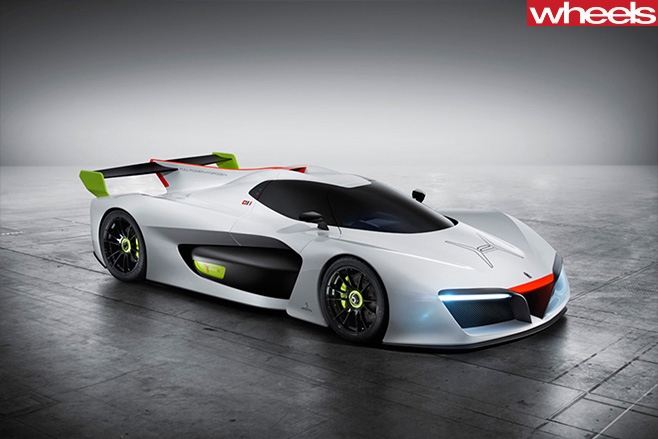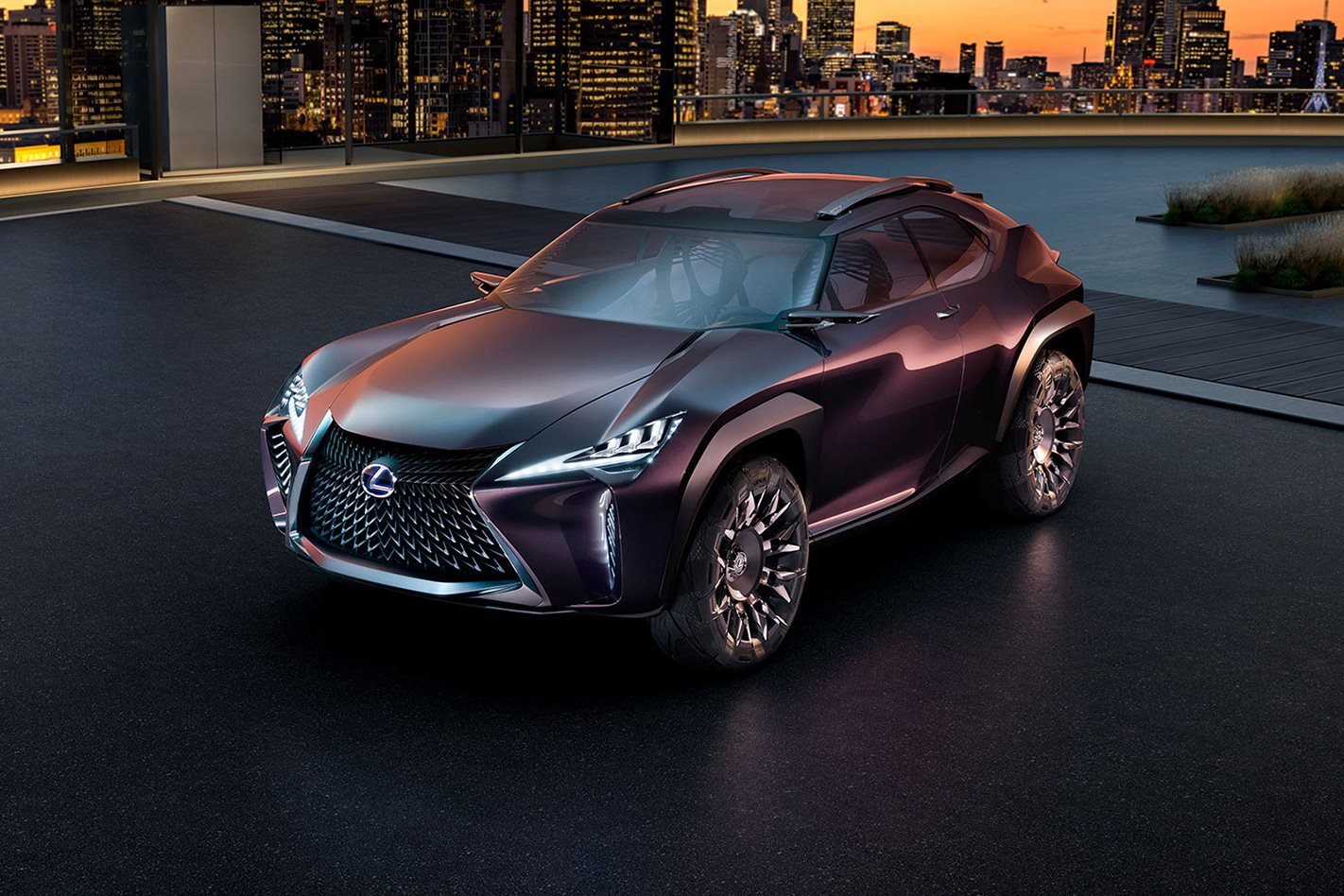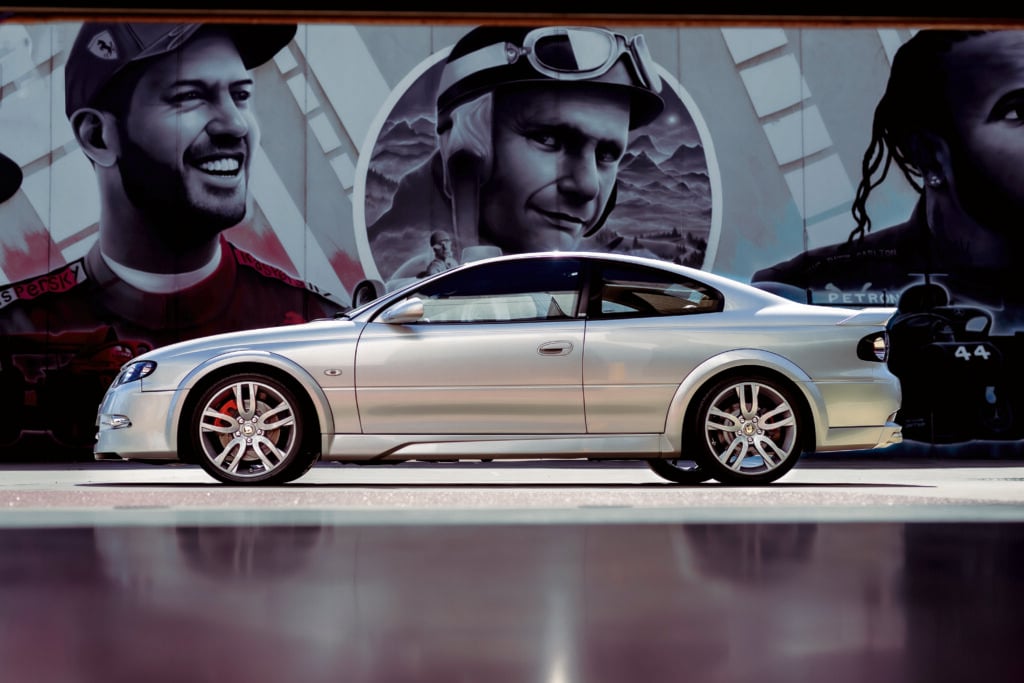Concept cars are sometimes a glimpse into the future; other times just wacky ideas that will never make it to production. Here are the most realistic and exciting plans for what’s to come.
LEXUS UX
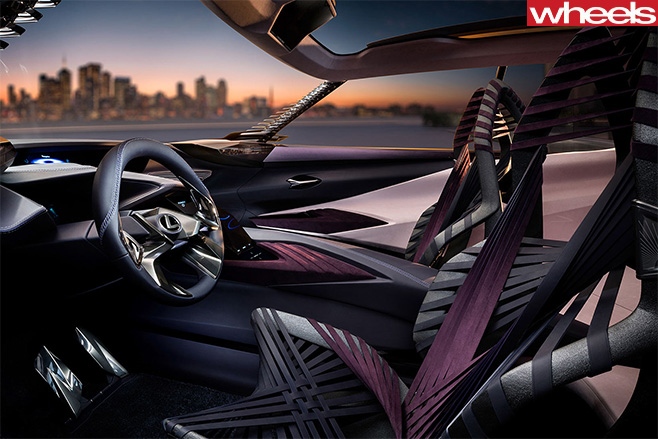
Designed by the Lexus’ European design centre, the UX is the marque’s vision for a future compact SUV to sit below the NX, including an intriguing ‘inside-out’ concept designed to bring the overall feeling of exterior design to the inside of the car.Lexus’ now traditional crease-heavy design language is taken to the extreme, with an adventurous look intended to help the brand reel in younger customers.Also featured is a so-called 3-D Human Machine Interface, in order to immerse the driver through a more ergonomic layout.This is achieved in part through Lexus’ Kinetic seat concept, with traditional seat cushions being replaced by a flexible rubber net that can self-adjust to the occupant’s body.
MERCEDES-BENZ GENERATION EQ

The vehicle will be Mercedes-Benz’s first standalone electric car, the first of a broader range of pure electrics – a strategy similar to that of rival BMW with its i car family. And while most of the car’s styling is far from remarkable, the front end certainly is unique.
The car lacks a proper grille and even a physical badge – instead Benz’s trademark three-pointed star is rendered in LED lights.
The hero for this line of vehicles is not so much appearance though, but more so its importance to the Mercedes brand as it pivots to embrace an emissions-free future.
The SUV then is a taste of Mercedes-Benz’s electric future, with boss Dieter Zetsche saying more than 10 fully electric vehicles from the brand will be on the market by 2025.
VOLKSWAGEN I.D.

Though not billed as such, the VW I.D. is a preview of what the Golf might look like twenty years from now.
Built on the Volkswagen Group’s all-new EV-specific architecture, the I.D. features short front and rear overhangs and locates much of its battery and motor hardware at the base of the car.
This means the cabin can creep forward further than before and drastically increase cabin space.
The car is the first to be based around the brand’s new modular electric architecture platform – this car will be powered by a 125kW electric motor and store enough energy to enable a 600km range.
The car also features a multi-function steering wheel able to stow away within the dashboard when the car is in autonomous mode.
VW is aiming to sell a staggering 1 million electric cars per year by 2025.
RENAULT TREZOR
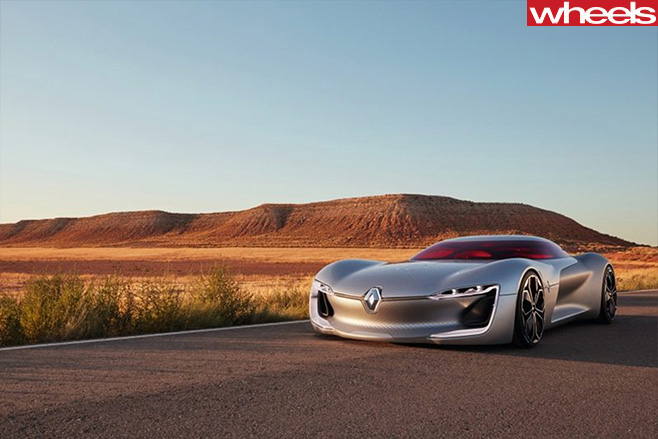
The Trezor is a two-seater electric car with autonomous driving capabilities, but don’t let that drag description dull your enthusiasm for what is one of Renault’s most exciting concepts of recent years.
Styling wise the car has gone for a less is more approach via a minimalist design ethos, but the end result is elegant and beautiful rather than simple and unsophisticated.
Another standout feature is its front-end clamshell, which sees the Trezor’s entire bonnet, windscreen and roof lifted up in one piece to allow the driver and passenger to enter and exit.
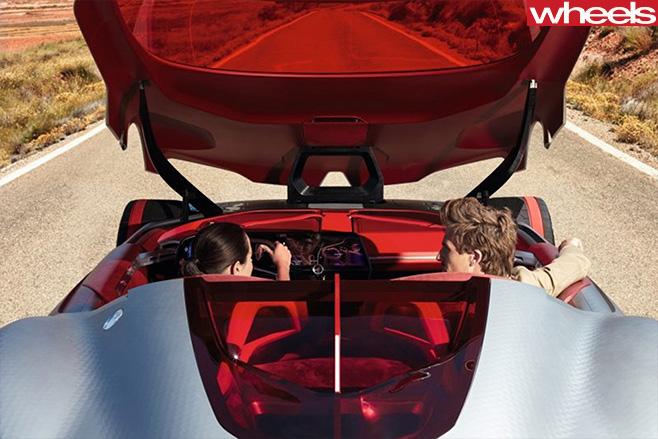
PININFARINA HYDROGEN H2 SPEED
